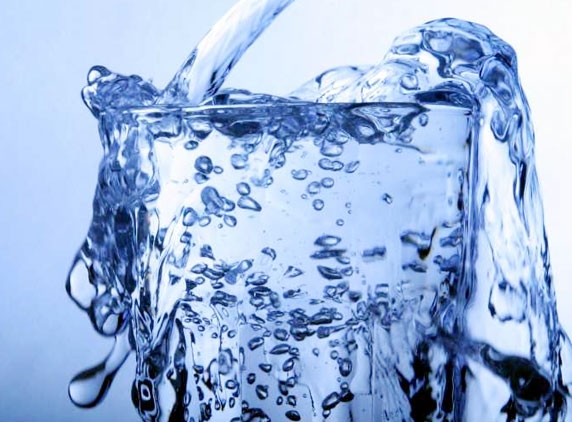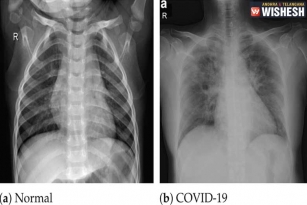
Researchers from Brown University in the US showed that their system reduced metals like cadmium, copper, and nickel concentrations in contaminated water.
In a series of experiments, Brown researchers reported that the method, called the cyclic electrowinning/precipitation (CEP) system, removes up to 99 percent of copper, cadmium and nickel, making water as clean and safe as statutory requirements.
Ridding water of trace metals "is really hard to do," said Joseph Calo, professor emeritus of engineering who maintains an active lab at Brown University. "It's like trying to put the genie back in the bottle," he added.
The automated CEP system is scalable as well, Calo said, so it has viable commercial potential, especially in the environmental remediation and metal recovery fields.
Heavy metals can remain in water for decades, even centuries, in low but still dangerous concentrations and cause terrible harm to the human body.
Cadmium, for instance, can cause diarrhoea, stomach pains and severe vomiting, reproductive failure and possibly infertility, psychological disorder and damage to immune system, according to a Brown statement.
Exposure to mercury and its compounds can damage the brain, kidneys and developing foetuses, besides affecting vision, hearing and memory. Arsenic poisoning causes liver and nervous system damage, vascular diseases and skin cancer.














